PhotographerAlvin Kean WongsRoller Zokuseries can trace its roots all the way back to 1955.
Rockabilly subculturehas long fascinated Wong, who was raised in Singapore and is now based in New York.
Though smaller, this dynamic community nevertheless remains as vibrant and as rebellious as it did decades ago.
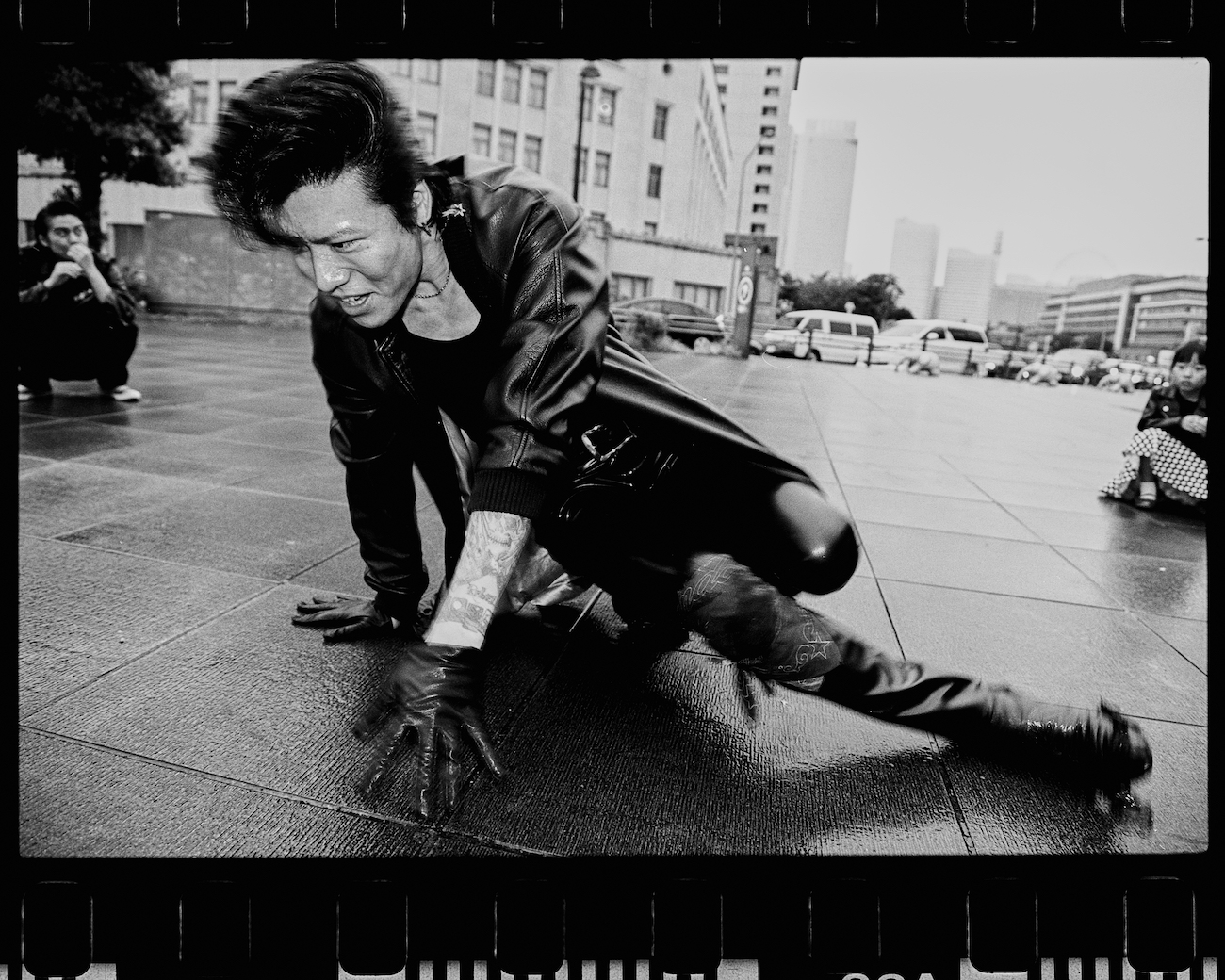
Read on for our exclusive interview with the photographer.
What drew you to photography as your preferred medium, and how did you develop your personal style?
I was first fascinated with the mechanics of the camera.
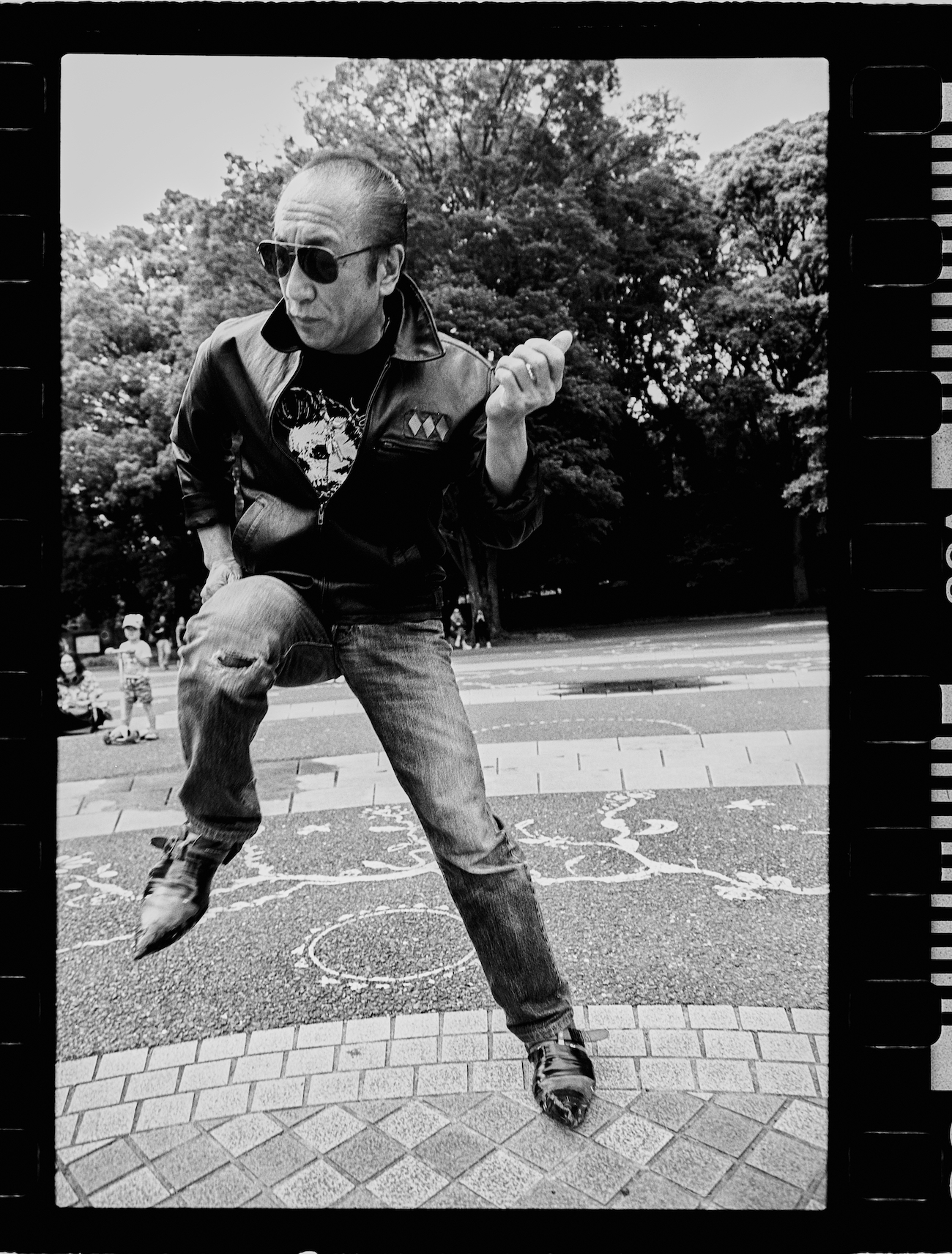
It was pure magic to me.
Photography has always been my preferred medium, and it is still magical to me.
The unplanned moments, the unexpected moments, the imperfections are often the best.
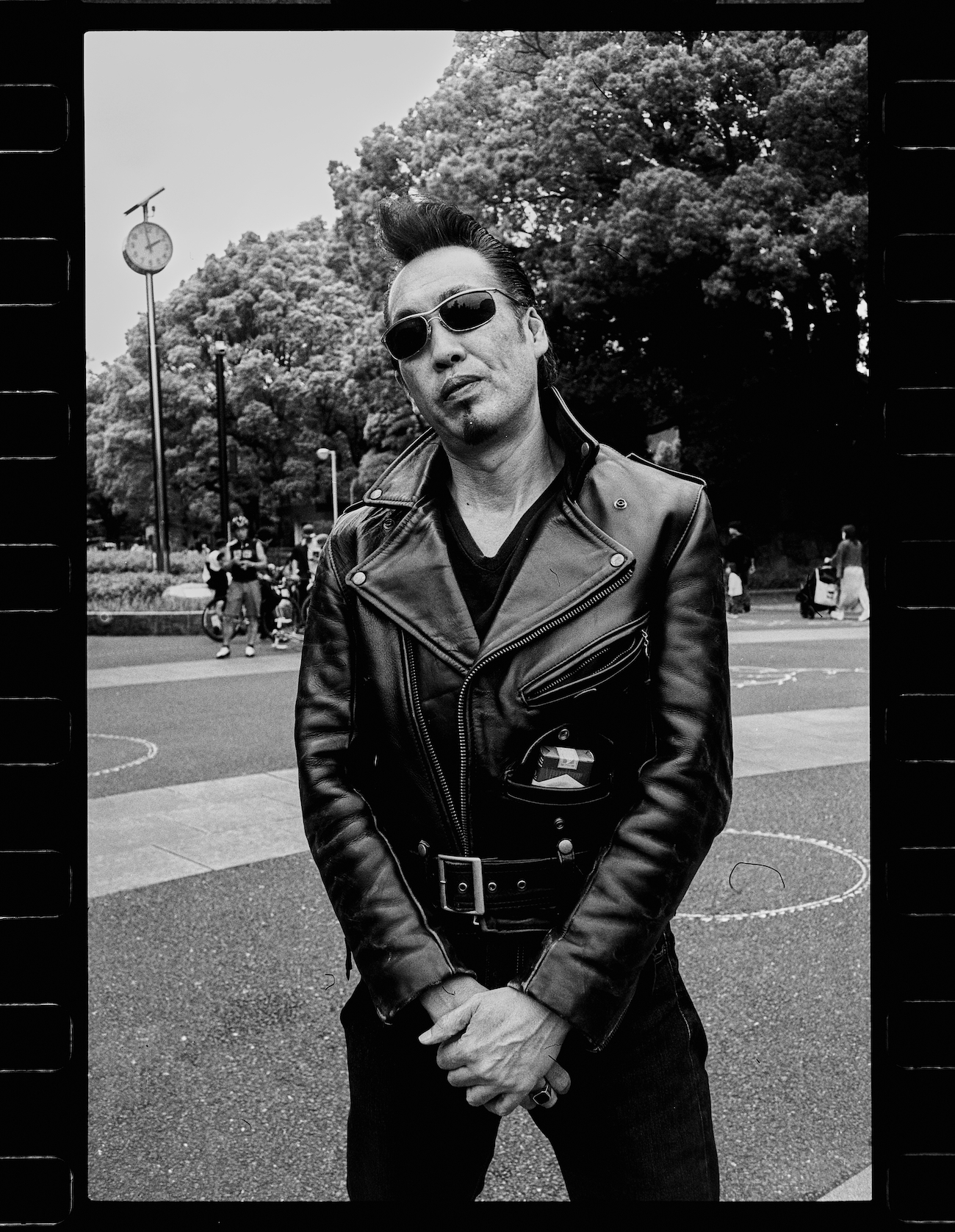
I use photography as a pen to write stories.
I also dont think in style since I have a go at take pictures that are simply interesting.
Others told me my style is documentary.
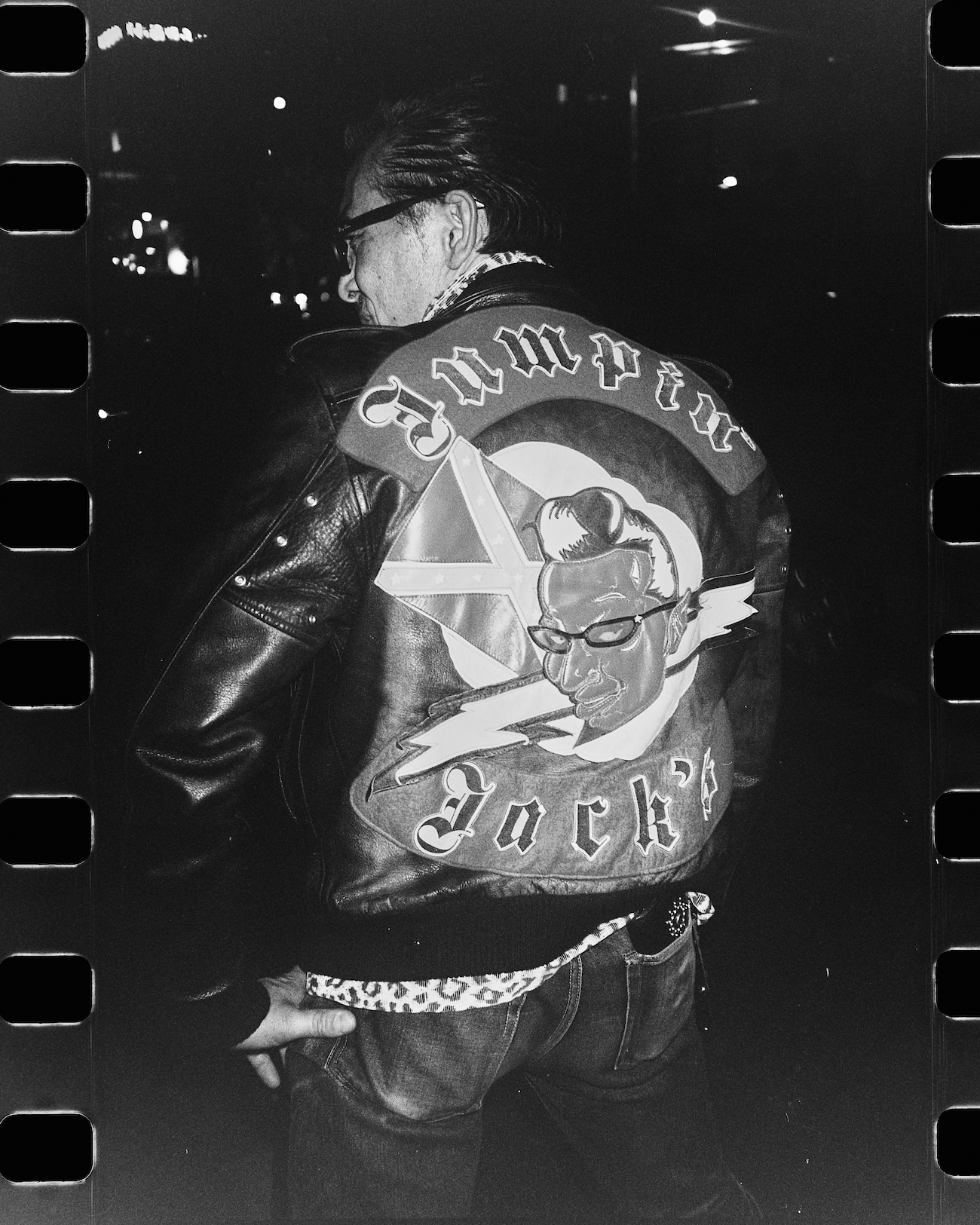
I would think I have developed this style through making many mistakes and just taking a lot of photos.
I didnt like my photos thenI think theyre unremarkable.
Every shoot is unique in that way, and every time is fresh and special.
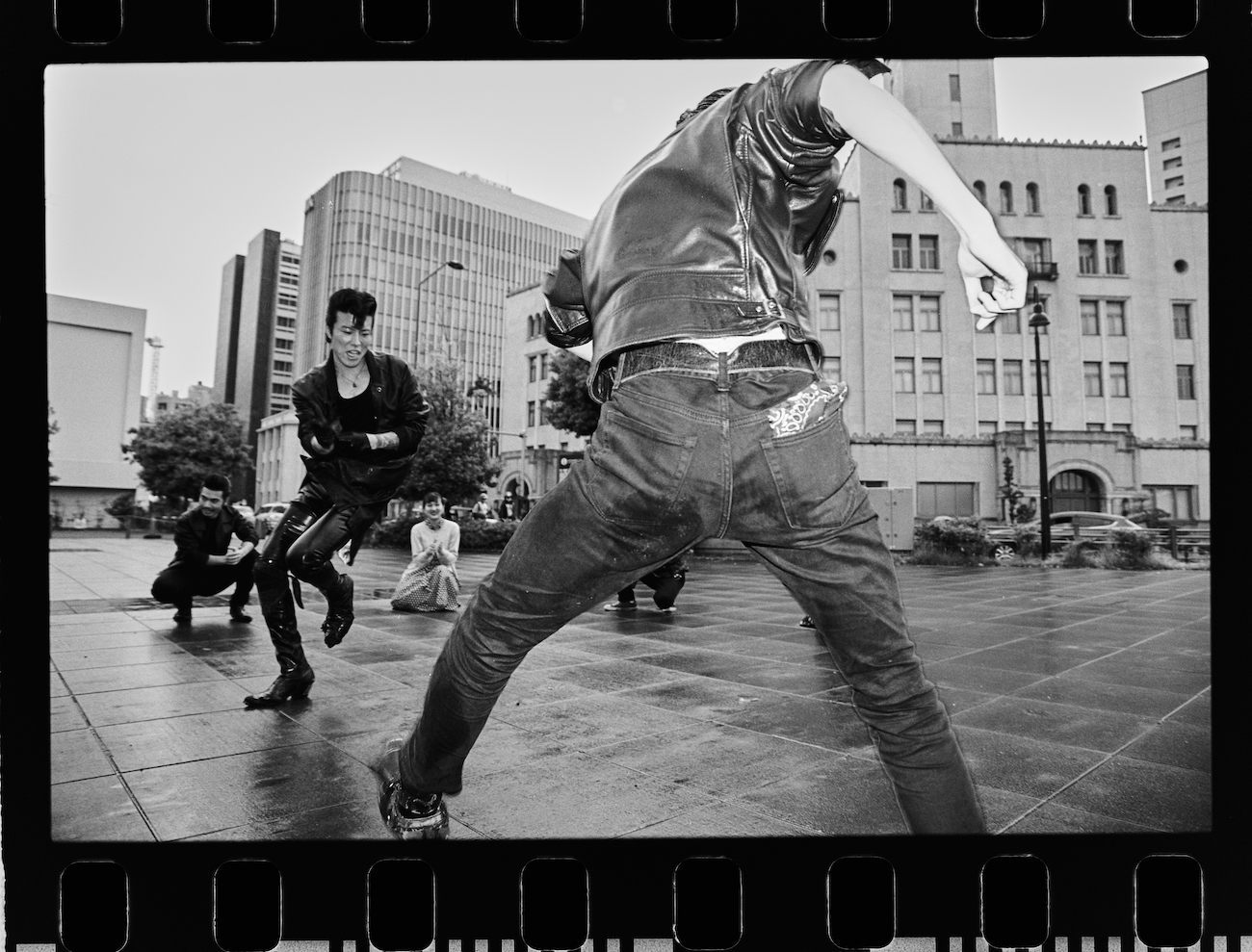
Overall, I think a good photo is a moment that I cant recreate.
The Japanese rockabilly is one of the most interesting cultures I have encountered to date.
Its not common to see them, and even Japanese people have limited information about them.
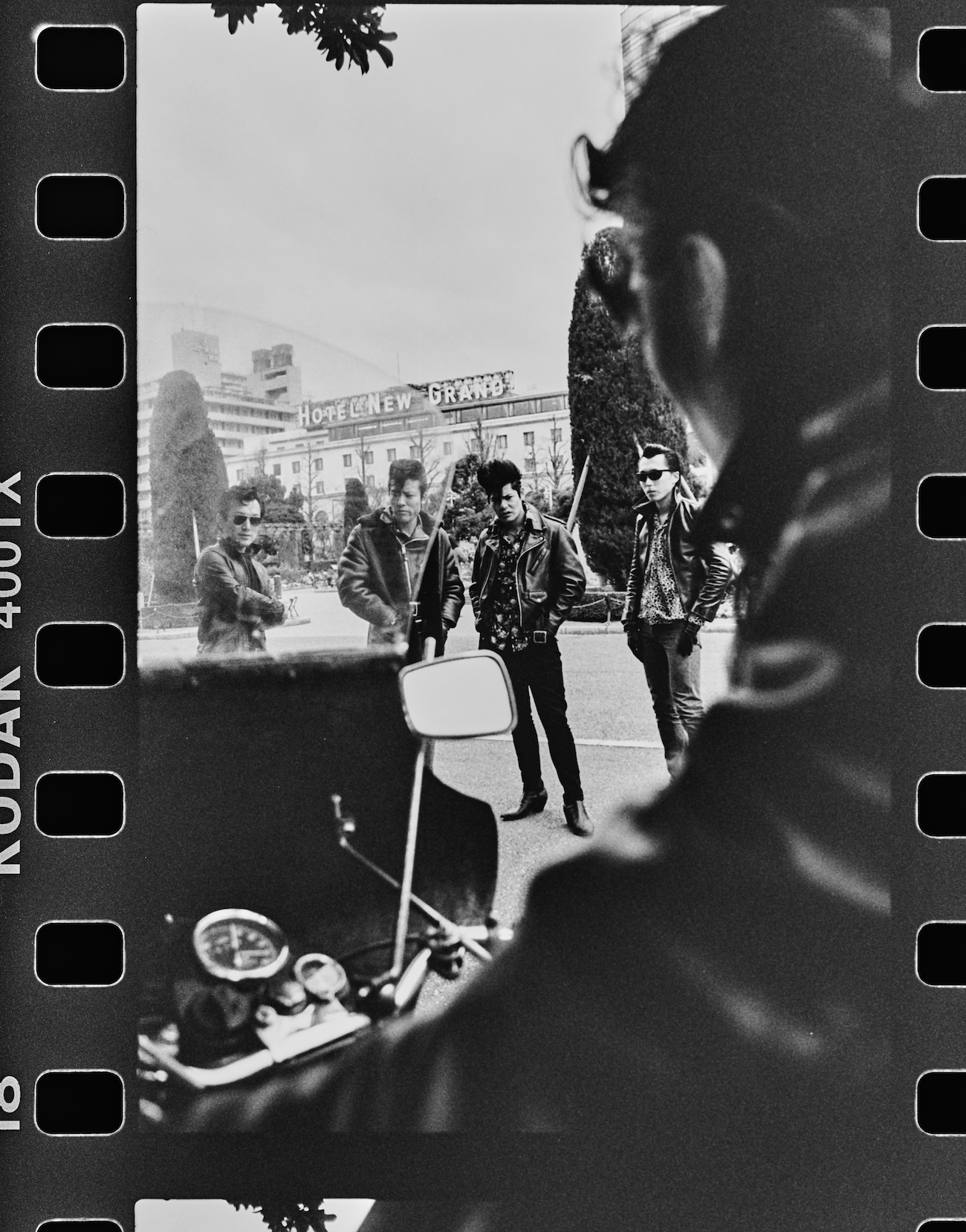
Unless youre in this subculture, its not easy to gain access.
Japanese rockabillies are a group of rock-and-roll enthusiasts trying to keep rock-and-roll alive.
It started in the ’50s when Japanese performers were learning and performing for the American GIs stationed in Japan.
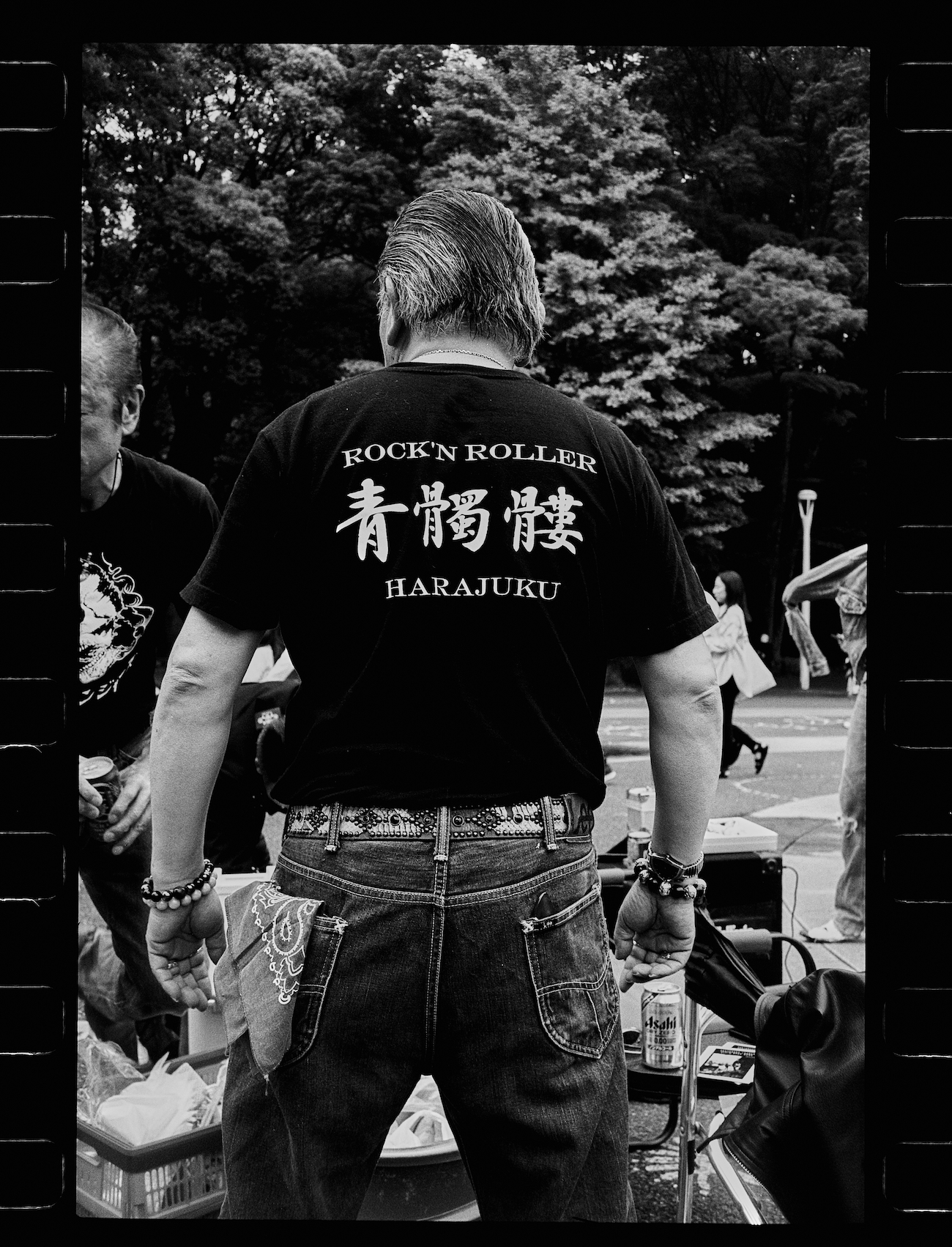
Since then, its been through many ups and downs.
Today, on a good Sunday, youll get a handful of them.
There are also fewer people interested in rock-and-roll.
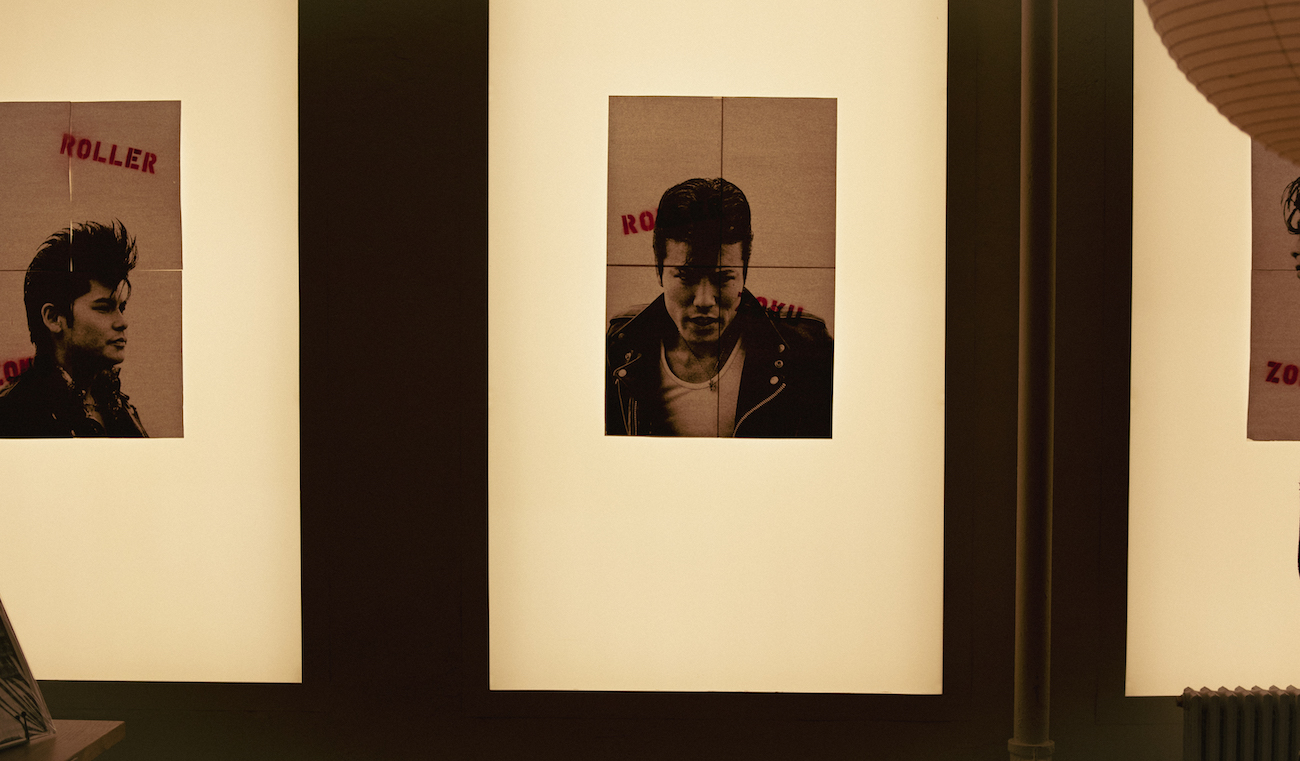
Exhibition view from “Roller Zoku” at Cafe Studio, New York, NY.
What compels you about this specific subculture, and why did it feel important to document it?
It wasnt planned this way, but it just happened as I got more involved in this culture.
Rock-and-roll always has an image of recklessness and irresponsibility.
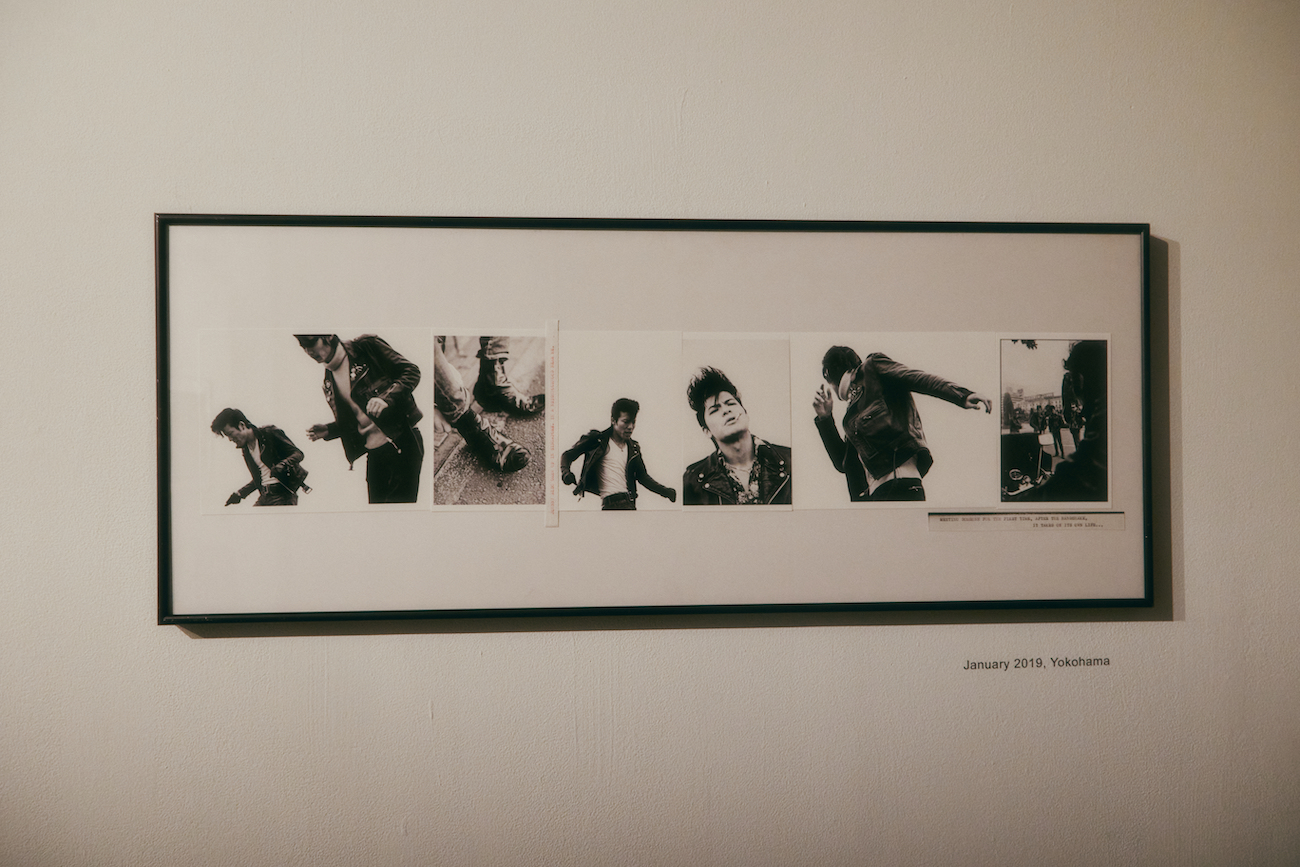
Exhibition view from “Roller Zoku” at Cafe Studio, New York, NY.
However, Japanese rockabillies are the most loyal, disciplined, and trustworthy people I have met.
If a Roller has given you their word, they will definitely honor it.
We call this Samurai rock-and-roll.
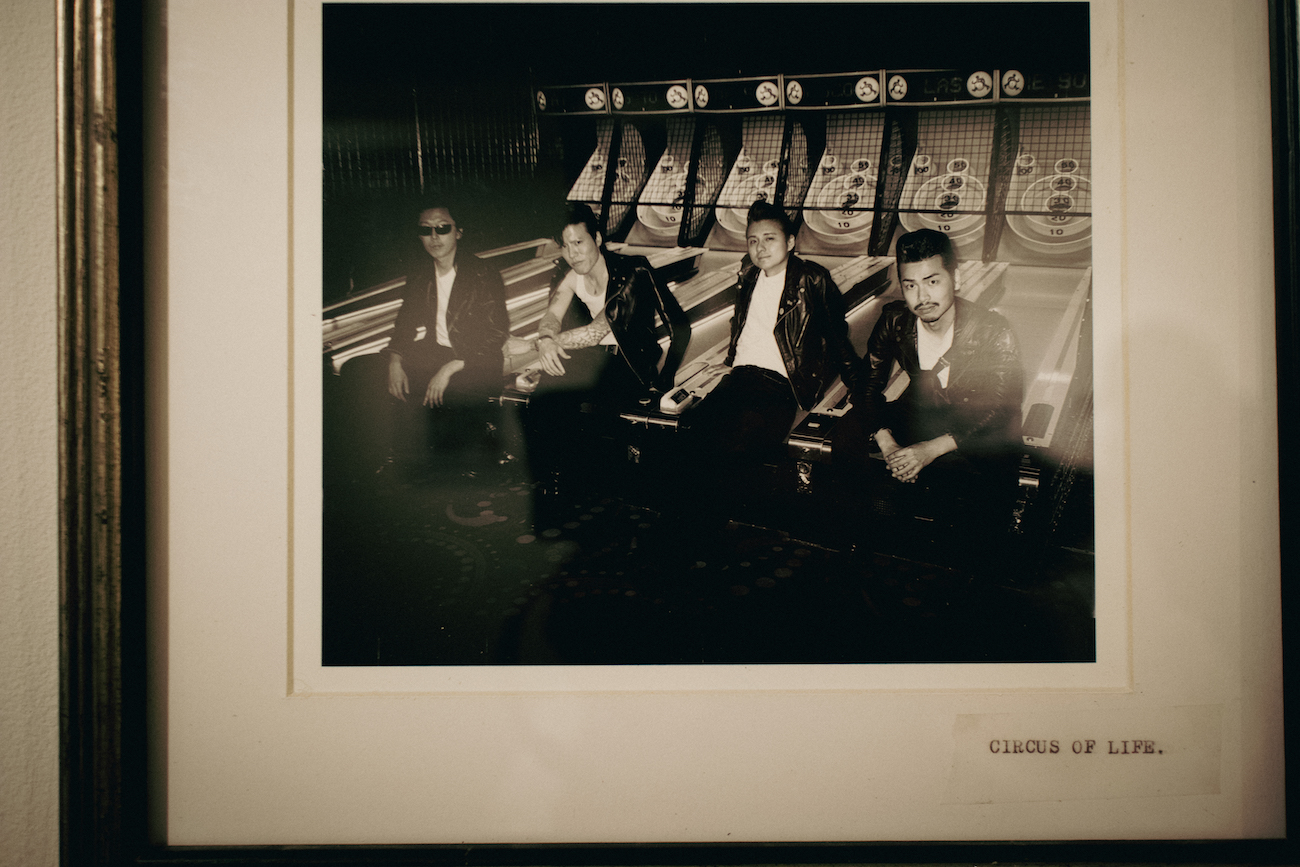
Exhibition view from “Roller Zoku” at Cafe Studio, New York, NY.
There is honor and pride in this subculture.
You get respect when you give respect.
Exhibition view from Roller Zoku at Cafe Studio, New York, NY.
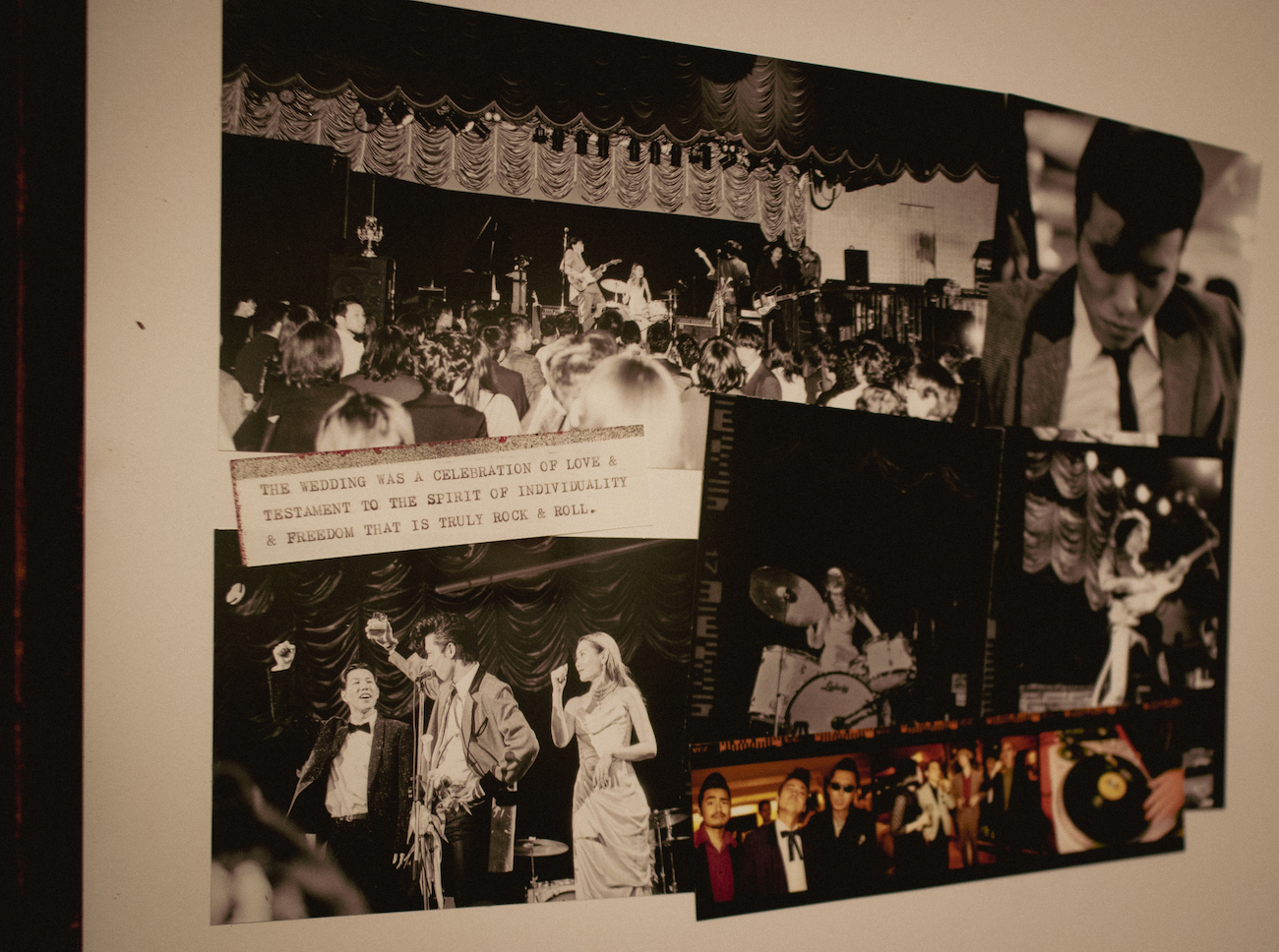
Exhibition view from “Roller Zoku” at Cafe Studio, New York, NY.
What are some of your favorite aspects of Japanese rockabillies?
It is a world I can live in.
What do you hope people will take away fromRoller Zoku?
I feel blessed to meet all these magical people.
Do you have any exciting projects coming up in the near future?
What I have shown at theRoller Zokuexhibition at Cafe Studio is just scratching the surface.
Theres so much more to this subculture that I would like to explore in and outside of Tokyo.